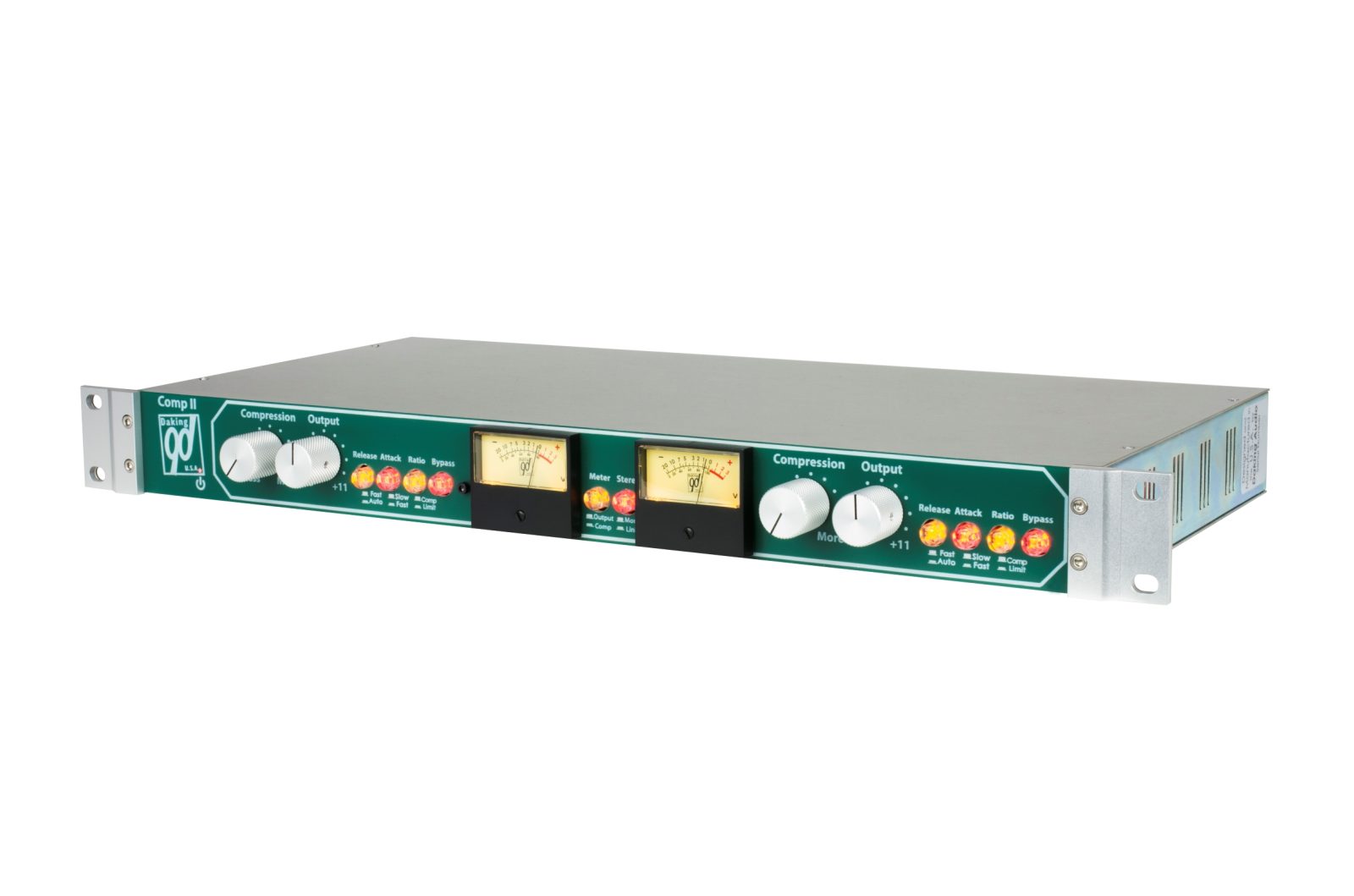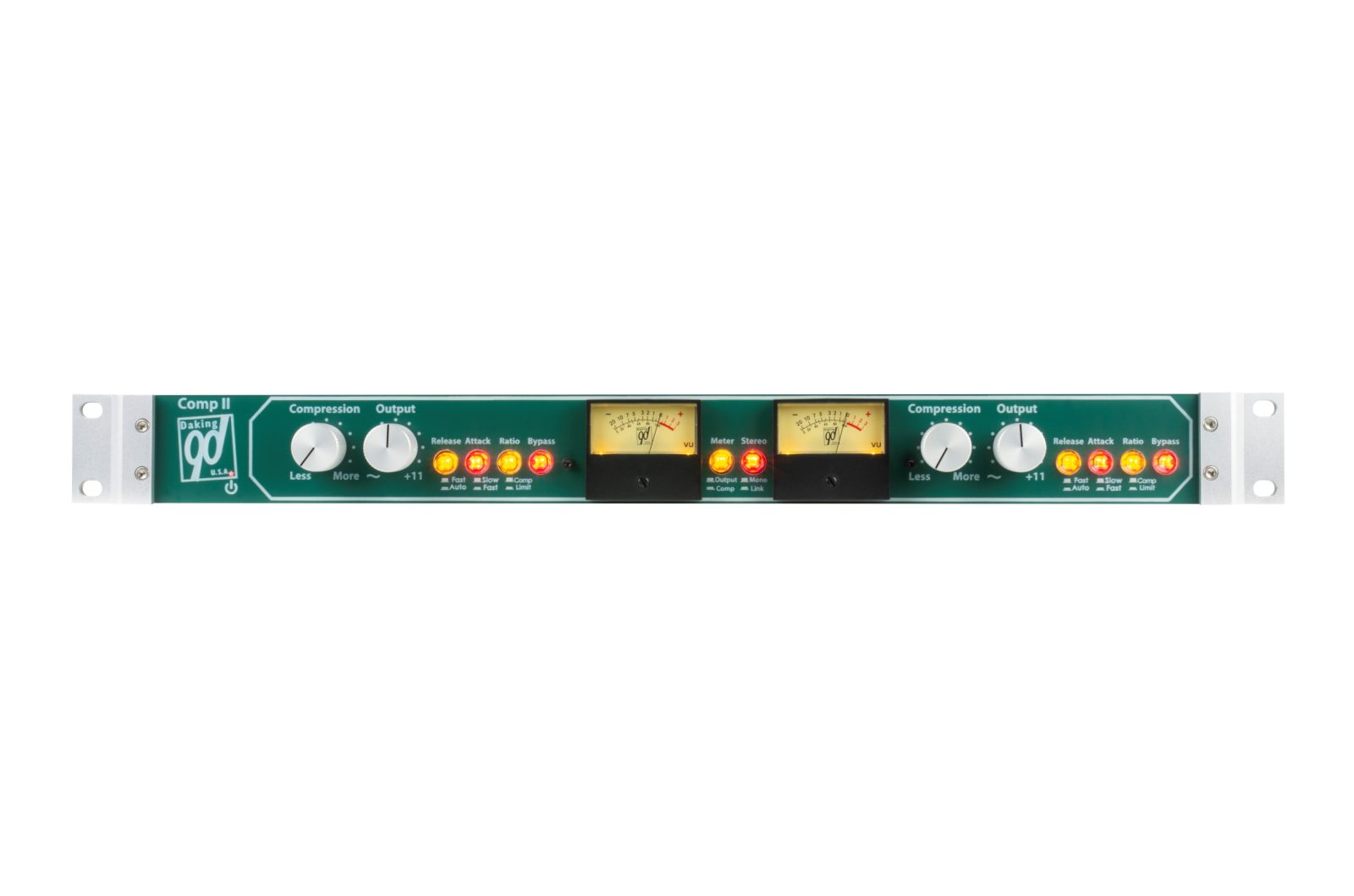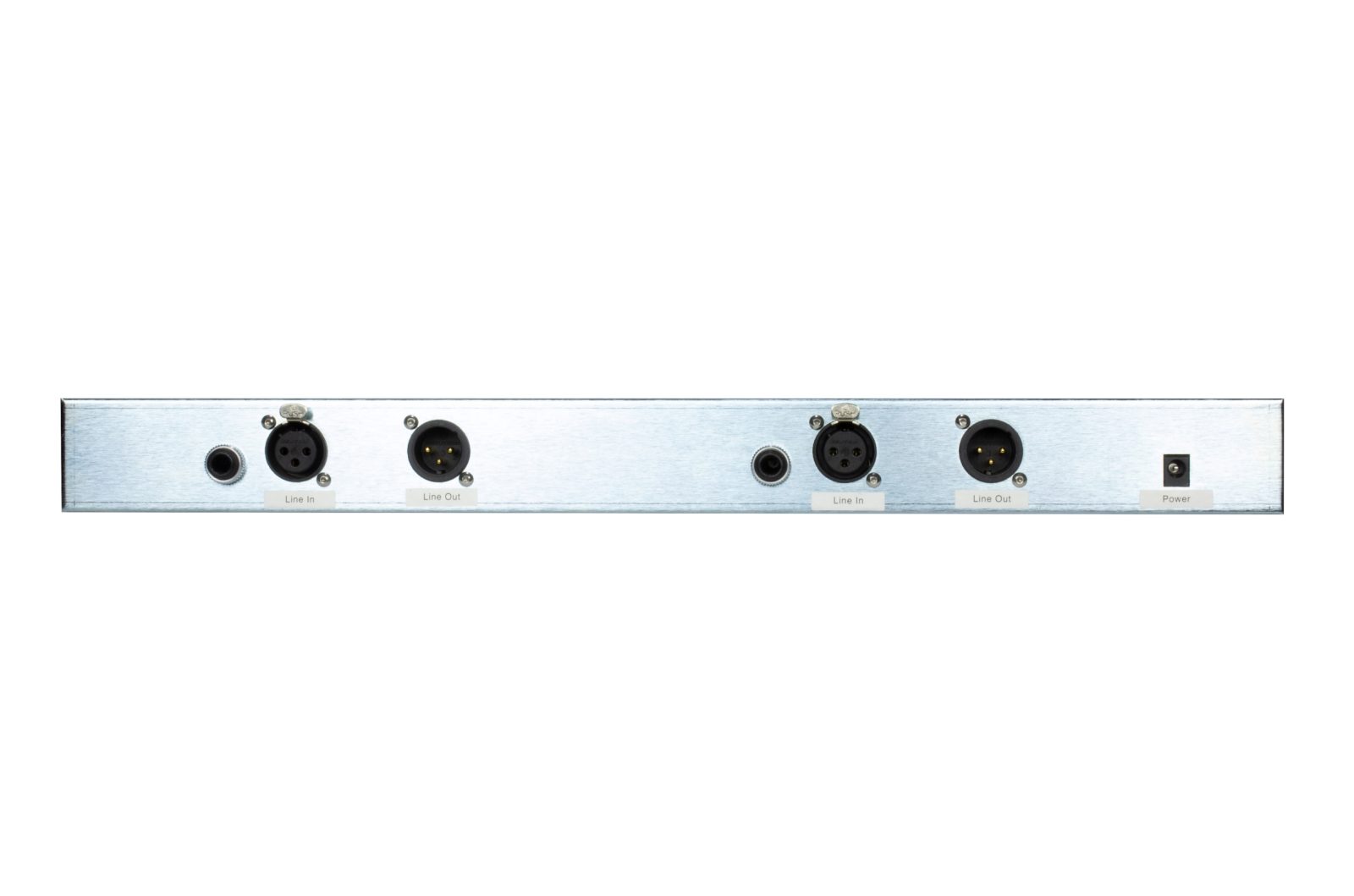Vragen? Betere prijs gezien?
Bel 0512 - 340457 of neem contact op!
Product omschrijving
COMP II
The Daking COMP II is a handmade compressor/limiter designed to be easy to use and sound like much more expensive comp/limiters. Built in the USA, it offers better sounding compression on all kinds of sources in the studio. Whether in the hands of a highly experienced engineer who needs fast workflow, or a novice who is not sure how to best set up a compressor, the COMP II gives professional results without a big learning curve.
With big old-style analog meters and a simple setup, the COMP II is easy to understand and easy to use. Designed carefully by Geoff Daking and Dave Thibodeau to behave well on a variety of real in-studio applications, it may challenge your notions of how good a two-knob compressor can be.
The two channel, electronically balanced COMP II, can operate in dual mono or stereo linked mode for a beautiful stereo image. In dual mono it acts like two independent mono compressors for use on two different - perhaps unrelated - sources. There is no master channel in stereo mode. Each channel retains its independent control.
The Daking Comp II is a complex design that employs a unique method of gain reduction using a VCA like a FET. This maintains the unique Daking sound of our legacy compressors. Unlike most VCA designs, ours uses feedback gain reduction, a peak detector and an all-discrete Class A follower.
The outboard power supply makes sure this unit is quiet and usable around the world on any voltage. Switches are illuminated, making it easy to see what’s “on” in a dark room. The rear panel offers XLR electronically balanced inputs and electronically balanced XLR/¼” TRS outputs.
Purely analog, it’s so easy to get a sound you love. This compressor may easily become your favorite.

The variable parameters of the COMP II are:
- Threshold: Determines the level at which the compressor begins to work.
- Ratio: The slope of the gain reduction. Compress is a low ratio good for general gain reduction, while Limit presents more of a “brick wall” to the signal.
- Attack: The speed with which the compressor begins to react. Slow allows transients, like the attack of drums, to pass while compressing the back end. Fast will remove transients.
- Release: Determines how quickly the compressor “lets go”. Fast is self-explanatory. Auto reacts to both the level of the signal and it’s duration. Small peaks will release quickly, while long and loud signals will release much more slowly.
- Make-up Gain: Compensates for any gain lost in compression. For serious rock stars, note the output goes to 11!
Specifications:
- Input: XLR (x2)
- Output: XLR (x2), TRS (x2)
- Differential input and output amps
- Class “A” amplifier for make-up gain
- All metal construction with stainless steel chassis for noise immunity
- Custom aluminum knobs
- Power supply included
- Frequency response: 20Hz-65kHz
- THD at +4dBu input and no compression at 1kHz: Typical 0.02%, Max 0.035% (22-22kHz, Un-Wtd)
- THD at +4dBu input and 2dB of compression at 1kHz: Typical 0.02%, Max 0.035% (22-22kHz, Un-Wtd)
- Noise: less than -80dBu, 22-22kHz
- 1U 19” rack-mount
- Unit weight: 5.35 lbs (2.45 kg)
- Unit dimensions: L front: 19in (48.26cm) L rear: 17in (43.18cm) W: 8.375in (21.27cm) H: 1.625in (4.13cm)
- Box weight: 8.70 lbs (3.95 kg)
- Box dimensions: L: 29in (73.66cm) W: 14 in (35.56cm) H: 6 in (15.24cm)

 Product is toegevoegd aan uw winkelwagen
Product is toegevoegd aan uw winkelwagen




